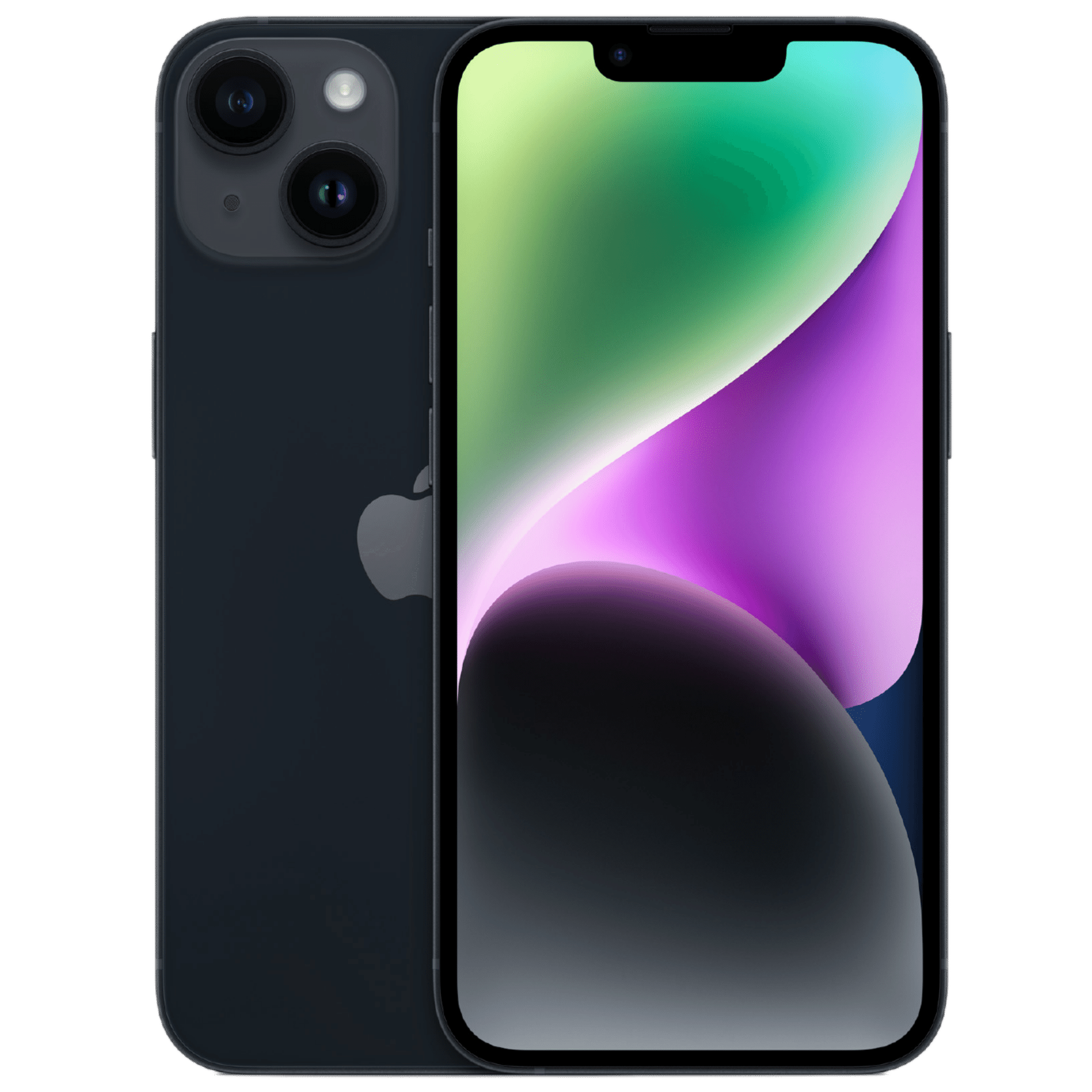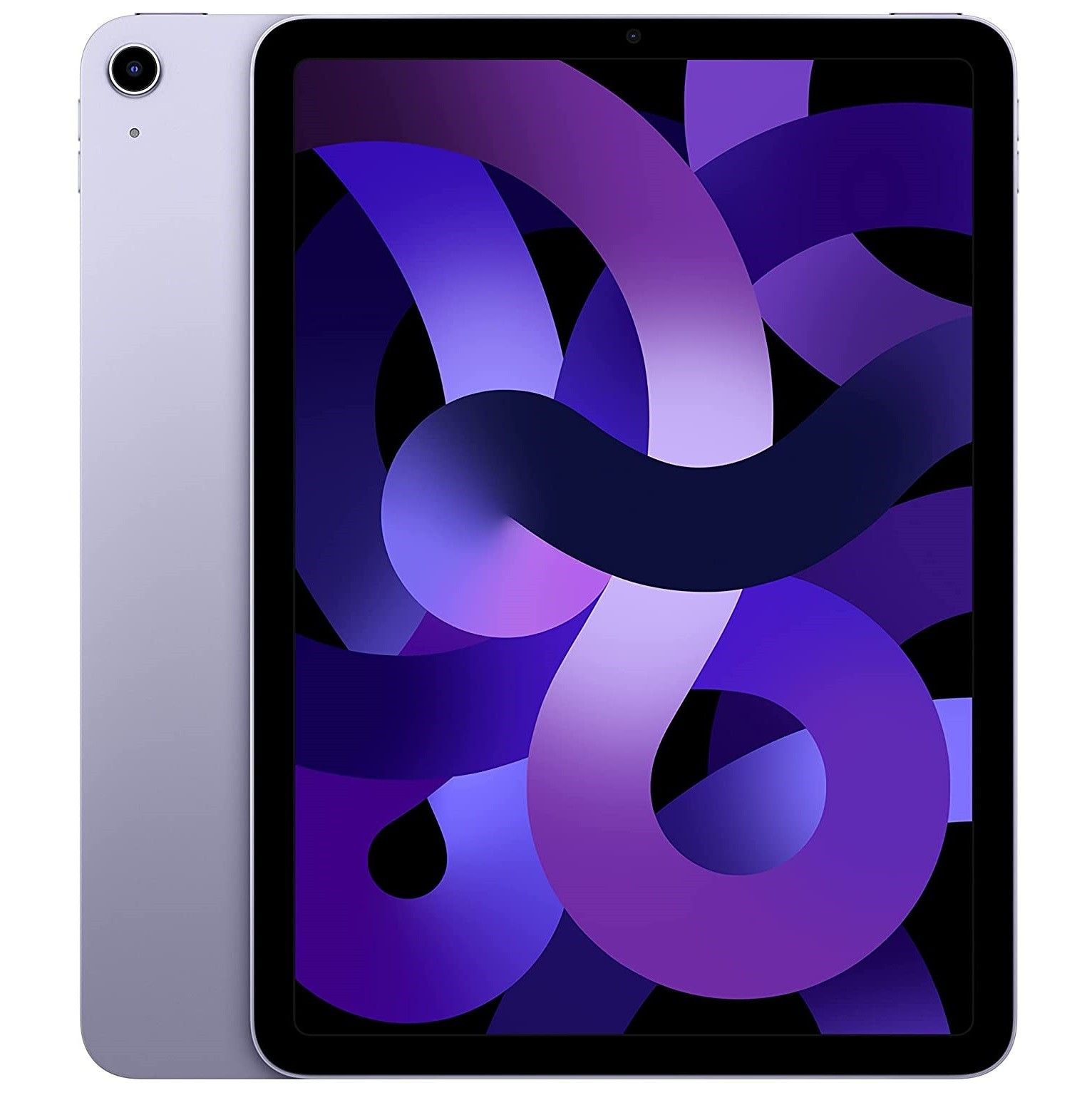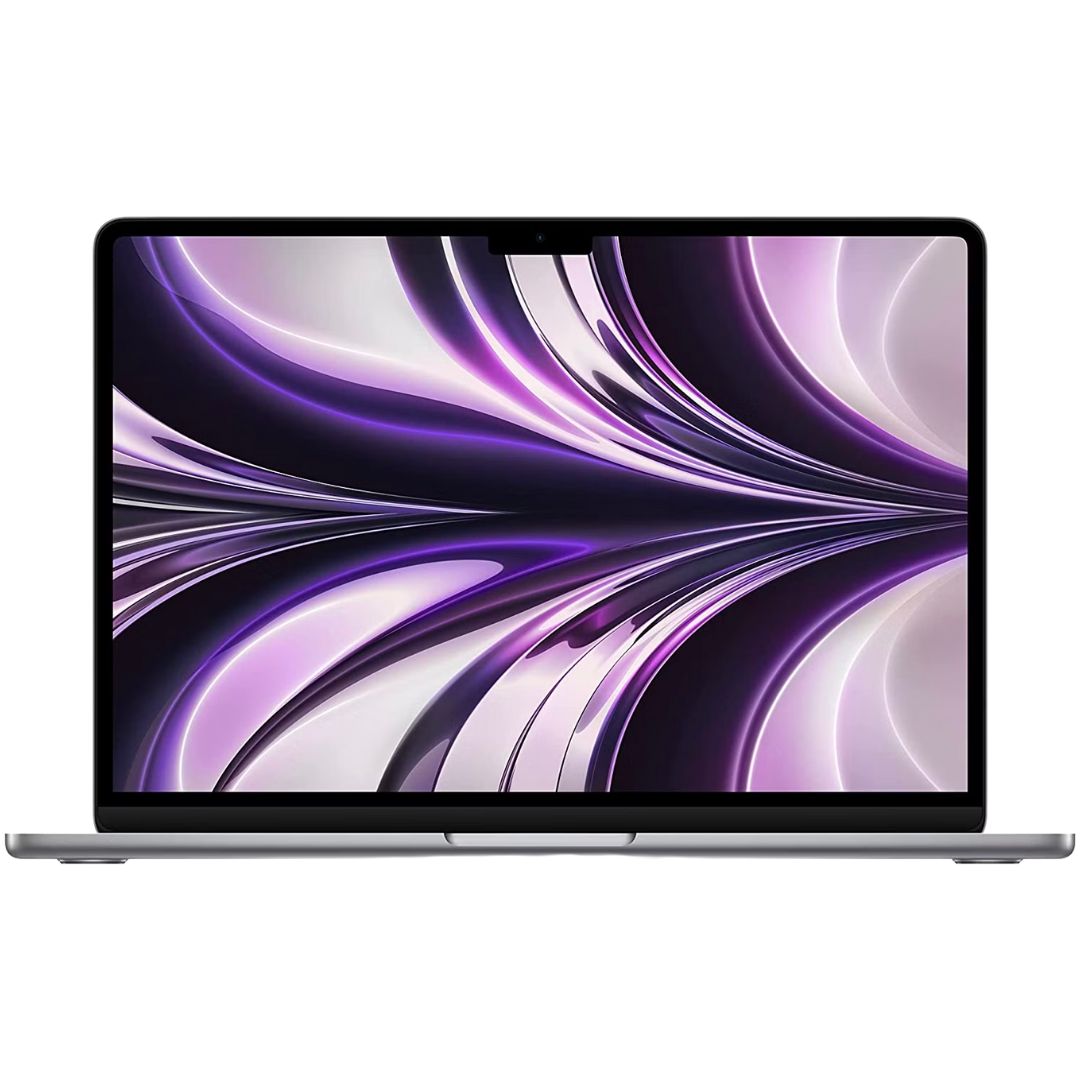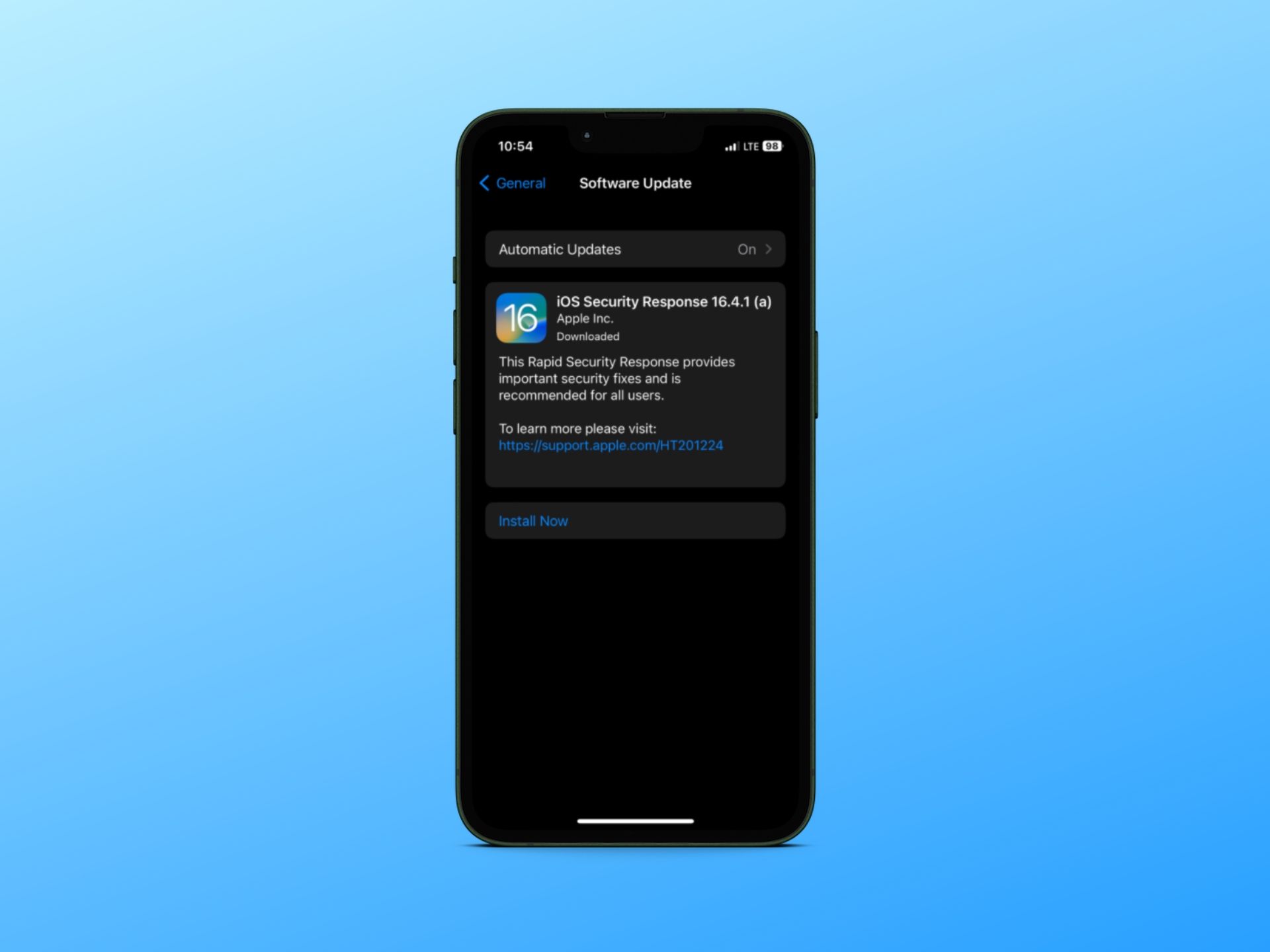Apple is known for its timely updates and long-term software support, which keep its devices secure. But these updates are often delivered as point updates —for example, iOS 16.4 — which can introduce a delay before users receive high-importance changes. In addition, the long install times often lead to users delaying installing updates, leaving their devices vulnerable.
To deal with this, Apple is introducing Rapid Security Response for iPhone — even the iPad and Mac — to help keep your device secure. Here we will explore what this feature is and everything you need to know about it!
What is a Rapid Security Response update?
An update available to all users running the most recent version of iOS, iPadOS, and macOS; Rapid Security Response is an optional change containing fixes that patch system vulnerabilities or improve smaller software segments like the Webkit framework, according to Apple.
The updates are denoted with a letter instead of numbers, eliminating the need to wait for a point update. Plus, they support faster automatic installations. In our experience, a quick device restart is all it took to establish the security patch delivered by iOS 16.4.1 (a).
At the time of publishing, the most recent versions are iOS 16.4.1, iPadOS 16.4.1, and macOS 13.3.1.
How to check whether you have the latest Rapid Security Response?
As we mentioned earlier, installing these updates is quick, and likewise, it is simple too. Apple even enables automatic downloads and installs for these updates by default.
But to ensure you have this enabled and whether you have the latest security response installed, follow the steps listed below:
Enable Rapid Security Response
Head into the Settings application and follow the steps below:
- Tap on General.
- Follow this by tapping Software Update.
- Now tap on Automatic Updates.
- On the next screen, ensure Security Response & System Files is enabled.
Check whether you have the latest Rapid Security Response installed
To check whether you have installed the latest Rapid Security Response, follow the steps below:
- Open the Settings app and tap on General.
- Then tap on About and choose iOS Version.
If you're facing application issues after installing the latest Rapid Security Response, you can uninstall the update via the Remove Security Response button.
Should you install a Rapid Security Response?
Rapid Security Reponse updates are another step in ensuring the security of the software platforms made available by Apple. Hence, having them installed is paramount. In addition to other features like Advanced Data Protection, this is another step taken by Apple that will help keep your information and devices secure.
-

Apple iPhone 14
iPhone 14 joins the market as the smartphone to pick if you want a high-tier of performance, great cameras, and battery life that will last you through a day of use with ease.
-

iPad Air (5th Generation)
iPad Air 5th Gen brings the highly rated M1 processor, 5G connectivity (for cellular models), Center Stage capability, and all-new colors. It starts at $599 for the 64GB WiFi-only model, with an upgrade to 256GB of internal storage available.
-

MacBook Air M2
The latest MacBook Air is powered by the M2 Apple Silicon, offering even better performance than the M1 series of chips. It comes with an all-new design similar to the new MacBook Pro models, fast internal memory, excellent battery life, and an Apple M2 chipset that provides all the performance you need for multitasking, editing, and working on-the-go.

